

Just as every few years brings us a new Harry Potter movie, or another awful Dane Cook album, it's once again time for a new Pokemon game. HeartGold and SoulSilver are the latest in a long line of Pokemon remakes and updates, and as such offer the exact same improvements everyone has come to expect: more Pokemon, more side quests/mini-games, and better graphics.
Above: Turns out 10 years is a long time in video games!
Not surprisingly, the battle system remains identical to the one introduced nearly 15 years ago in Red/Blue. Fire still beats grass, water still beats fire and of course, psychic still beats poison. Players trek from city to city, beating gym leaders, winning badges and catching and raising more Pokemon on their quest to defeat the Elite Four and become the Pokemon Champion. And as always, you'll casually trounce an evil Team Rocket or Team Rocket-esque crime syndicate on your way to the top as well. The major difference between HeartGold and SoulSilver is standard for the series, too: each version contains a few Pokemon the other does not. Although with global Wi-Fi trading, it's no longer necessary to force yourself to buy the other version or, depending on your age, muster up a bunch of fake tears to get your parents to cough up the cash.
HeartGold and SoulSilver are remakes of 2000’s Gold and Silver, which essentially means Nintendo has revamped a Game Boy Color game for the DS. That's a 10 year difference though so the similarities between the two are outweighed by the differences. HG&SS drags its source material games into the present day with a total graphical overhaul, a modernized Pokedex, full DS Stylus functionality and brand-new minigames and side quests.
The graphical updates from the original Gold/Silver are huge, and observant players will appreciate the new houses and architecture of the Johto region as well as the little things like the illustrated images that pop up when entering a cave or dungeon. All the graphical touches of Diamond Pearl and Platinum are here, and HG&SS definitely trumps its predecessors. While HG&SS is at its core, a remake, the only things that really remain the same are the world layout and plot points. For most people it’s been a decade since they’ve played Gold and Silver, and the magic of an eroding memory will make the bulk of HG&SS seems like a brand new experience.
The best addition however, is the ability to have your Pokemon trail behind you, free of his/her Poke Ball. The sprites for your trailing Pokemon are simple, but each is totally unique- they even retain their colors if they’re a rare shiny variant. While it's a little detail, it definitely makes you more aware of your Pokemon and makes your character look a little less lonely wandering around Johto.
As Pokemon has aged, it's developed more and more features that have rendered its past iterations obsolete. Wi-Fi supplanted the link cable, defeated trainers began calling you to let you know when they were ready for a rematch, and now the stylus is slowly smoothing out the clunky Pokemon box and menu interface. Despite there being three versions of Pokemon on the DS, none of them ever utilized the stylus in any meaningful way; frankly it felt tacked on and underdeveloped. Fortunately HG&SS sports the best integration of the stylus yet, enabling you to navigate menus and Pokemon boxes more easily than before. In spite of this, the game’s menu still features the individual Withdraw/Deposit Pokemon options, which is redundant given that the Move Pokemon option is all you’ll ever want or need. You can even use the stylus to completely replace the face buttons, if you want. Given the repetitive nature of the gameplay, it’s nice to be able to swap between the two control options to keep your hand from getting tired.
Nintendo has also added additional challenges and competitions, including a tile-sliding puzzle in the ruins of Alph and a great "Voltorb Flip" minigame in the Goldenrod City Game Corner. It replaces the slot machines of the original Game Corner, but offers a great hybrid of Sudoku, Picross and Minesweeper that'll keep you busier a lot longer than you might expect. The biggest addition, though, is the Pokethlon.
Some of the events work better than others. In the Ring Drop event, your Pokemon attempt to knock each other out of a ring, Sumo style, which is a lot of fun. Meanwhile, the Pennant Capture packs a bunch of scrambling Pokemon into a too-tight arena cluttered with debris while you struggle with overly sensitive controls. Overall, though, the games make a nice distraction from the constant grind of leveling and training. They’re also a particularly great addition for trainers who liked the Contests of previous games, but who would have liked them even more if they had hands-on (or stylus-on) control of their Pokemon.
Above: Bonus points if you name your Pokemon Turbo, Laser, and Malibu
Ultimately, though, the actual rewards for participating in the events are minor. Points you earn can be traded for prizes, the most expensive of which include stones and items for evolving specific Pokemon. While the stones are generally rare in game, and it’s nice to have a reliable way to acquire them, this won’t appeal much to anyone but the most hardcore players. Your Pokemon also won’t gain any experience from the Pokethlon, meaning there's little practical reason to participate in the games other than personal entertainment. It’s another odd quirk that the game requires you to buy data cards to record your Pokethlon data, including how many matches you've won or how many times a certain Pokemon has jumped.
What Nintendo is doing with HG&SS is daunting, as it's akin to trying to make a 1930s Studebaker competitive in a world full of 2010 Porsches. The good news is, for the most part, they've succeeded. The visual updates and gameplay touches are nice, but the biggest sell for HG&SS is the Pokewalker.



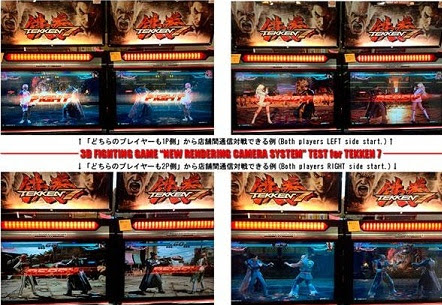
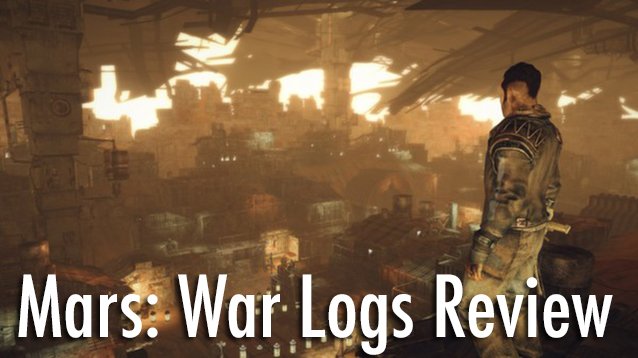 Mars: War Logs Review
Mars: War Logs Review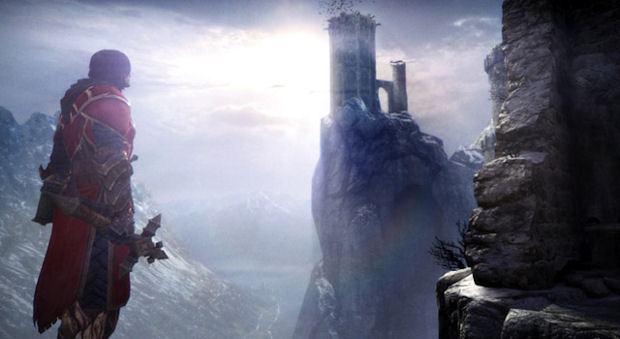 Castlevania: Lords of Shadow Reverie DLC trophies list
Castlevania: Lords of Shadow Reverie DLC trophies list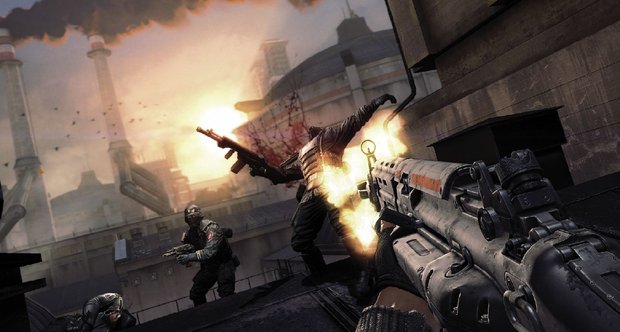 Wolfenstein: The New Order Walkthrough Guide Part 16 - The Final Battle
Wolfenstein: The New Order Walkthrough Guide Part 16 - The Final Battle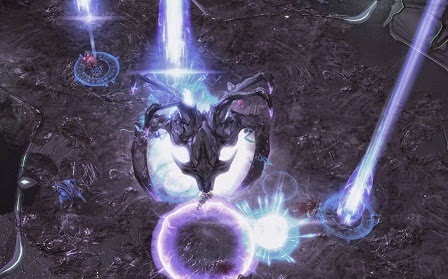 StarCraft 2: Legacy of the Void (PC) Hands-On Impressions
StarCraft 2: Legacy of the Void (PC) Hands-On Impressions One Piece: Pirate Warriors 3 Wiki – Everything you need to know about the game .
One Piece: Pirate Warriors 3 Wiki – Everything you need to know about the game .